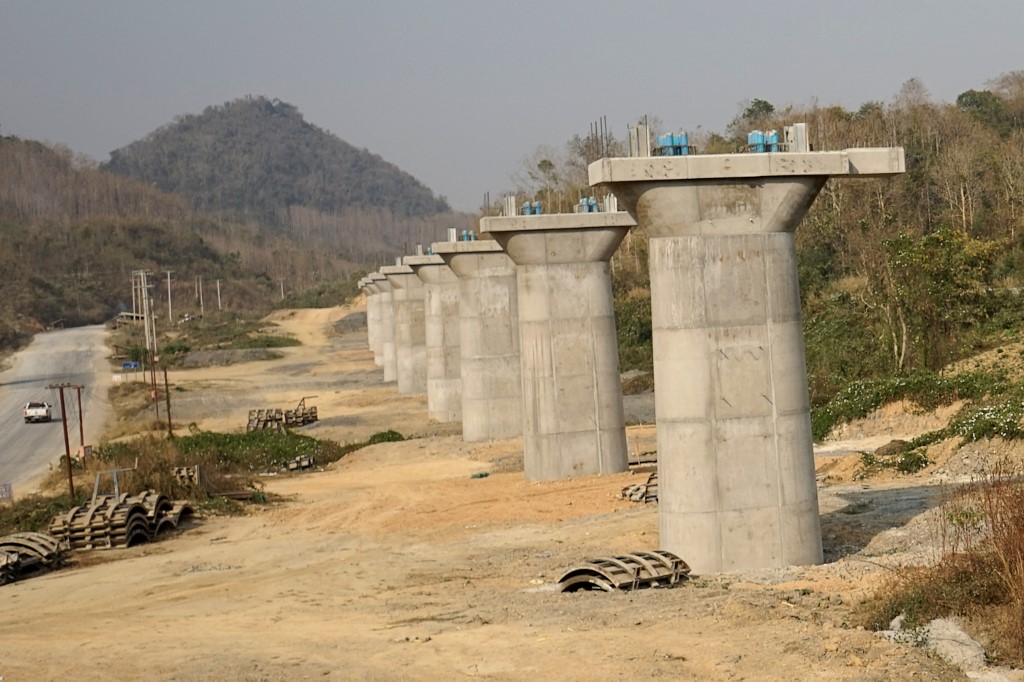(ATF) China has rolled out a ‘business card’ for the nation’s massive national infrastructure plan – and its high-speed rail network appears top of its list.
The latest data shows that the total extent of China’s high-speed rail network has exceeds 30,000km, accounting for more than 60% of the world’s total length, and it is also one of the most profitable high-speed railways in the world.
The blueprint proposed by Beijing hopes to build 70,000km of high-speed rail tracks by 2023, double the existing infrastructure, and increase the speed of its locomotives to about 400kph.
Read more: Cash, credit or crypto? Tesla can now be bought for bitcoin, Musk says
They also hope to provide networked high-speed rail express services for e-commerce, express delivery and other enterprises, striving to satisfy Chinese consumers’ increasing logistics demands.
Part of the vision is its maglev train line. A maglev test vehicle with a speed of 600kph has been successfully tested and it’s intended that up to nine such maglev lines will be built.
At the same time, China is looking at creating multiple green energy sources.
The Director of the International Energy Agency, Fatih Birol, has said that by 2030, China may surpass the United States as the world’s largest nuclear power, but at present, the prospects for nuclear energy companies in the United States and Japan are bleak.
SOLAR ENERGY
China’s, though, is also investing extensively in solar energy, batteries and electric vehicles.
According to scientists quoted by the Interfax News Agency a few days ago, global coal reserves will be used up in 200 years, oil will end before 2050, and a global energy crisis will arise. Hydrogen is regarded as a strategic alternative to oil and natural gas in the future.
And in a new development, China has become the world’s leading country in mastering the core technology of combustible ice trial mining, and will formally realise large-scale commercial mining.
Also known as flammable ice, gas hydrates are ice-like solids composed mostly of methane. The official Economic Daily reported in 2017 that China’s reserves of flammable ice were equivalent to about 100 billion tonnes of oil, of which 80 billion tonnes were in the South China Sea.
ENERGY RACE
Currently, Blue Whale 1 has completed the first combustible ice mining in the waters of the South China Sea, creating two world records for gas production time and total volume, which also mean that China has leapfrogged to the front of the energy technology race.
Many countries such as the United States, Japan, Germany, South Korea and India have also formulated combustible ice exploration plans but most have not made technological breakthroughs on full-scale mining.
At the same time, China also plans to build a solar power station in space 36,000km away. According to the plan, it will start building a megawatt space solar test power station in 2030. It is reported that the project has started construction in Chongqing.






















